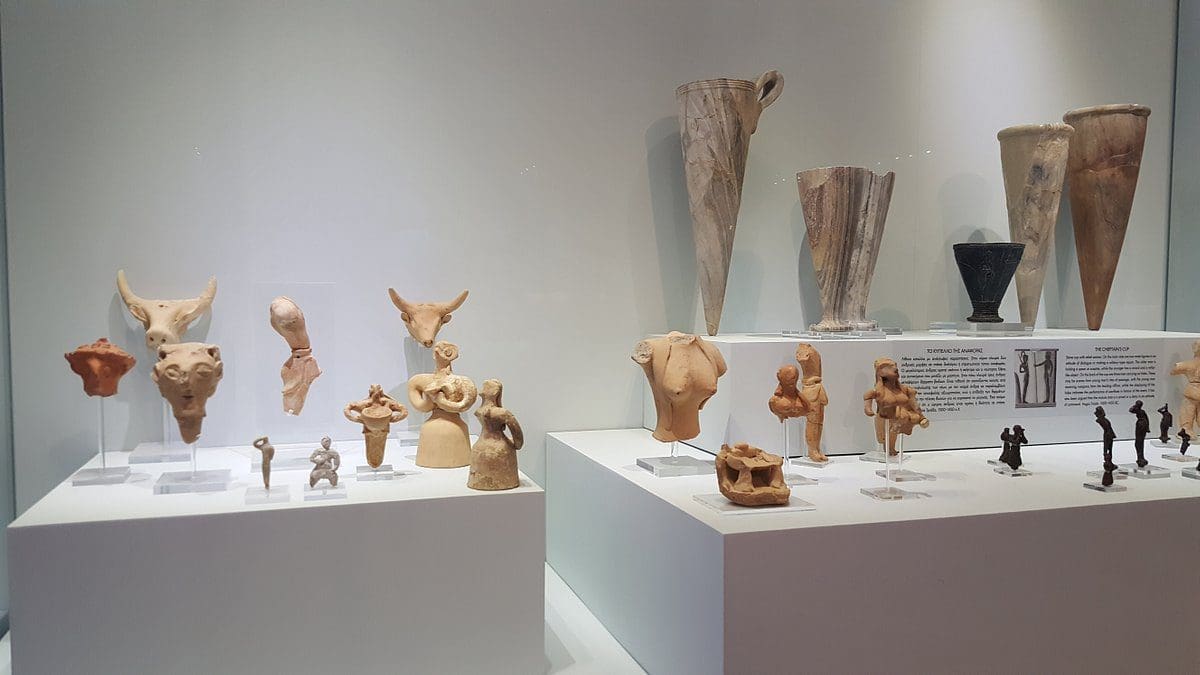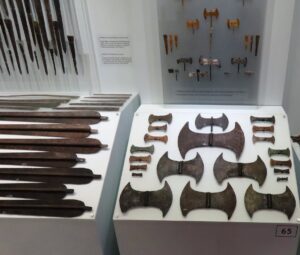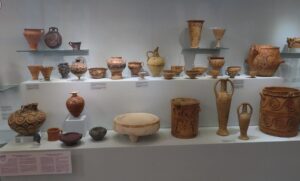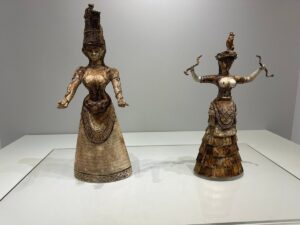Description
The Heraklion Archaeological Museum, located in Heraklion on the island of Crete, Greece, is one of the most important museums in Greece and a key destination for those interested in Minoan civilization and ancient Greek history. Established in 1883, the museum houses one of the most comprehensive collections of Minoan artifacts, offering invaluable insights into the culture and achievements of the ancient Minoan civilization, which flourished on Crete from approximately 3000 to 1100 BCE.
The museum's extensive collection includes a wide array of artifacts, such as frescoes, pottery, sculptures, and jewellery, many of which were unearthed from the nearby archaeological sites of Knossos, Phaistos, and Malia. Highlights of the museum include the famous "Festos Disk," an inscribed disk from the Minoan period, and the stunning frescoes depicting bull-leaping, which provide vivid glimpses into Minoan art and daily life. The museum’s well-organized exhibits are designed to offer visitors a chronological and thematic exploration of ancient Cretan history, showcasing the advancements and artistry of this influential civilization.
For tourists, the Heraklion Archaeological Museum offers a deeply enriching experience that combines world-class artifacts with informative exhibits about ancient Crete. Its central location in Heraklion makes it easily accessible, and the museum’s comprehensive displays provide an engaging and educational journey through the history of one of Europe’s earliest civilizations. Whether you are an archaeology enthusiast, a history buff, or simply curious about ancient cultures, the Heraklion Archaeological Museum delivers a fascinating and memorable exploration of Greece’s ancient past.
Location
-
Στέφανου Ξανθουδίδη & Chatzidaki, Iraklio 712 02, Greece






